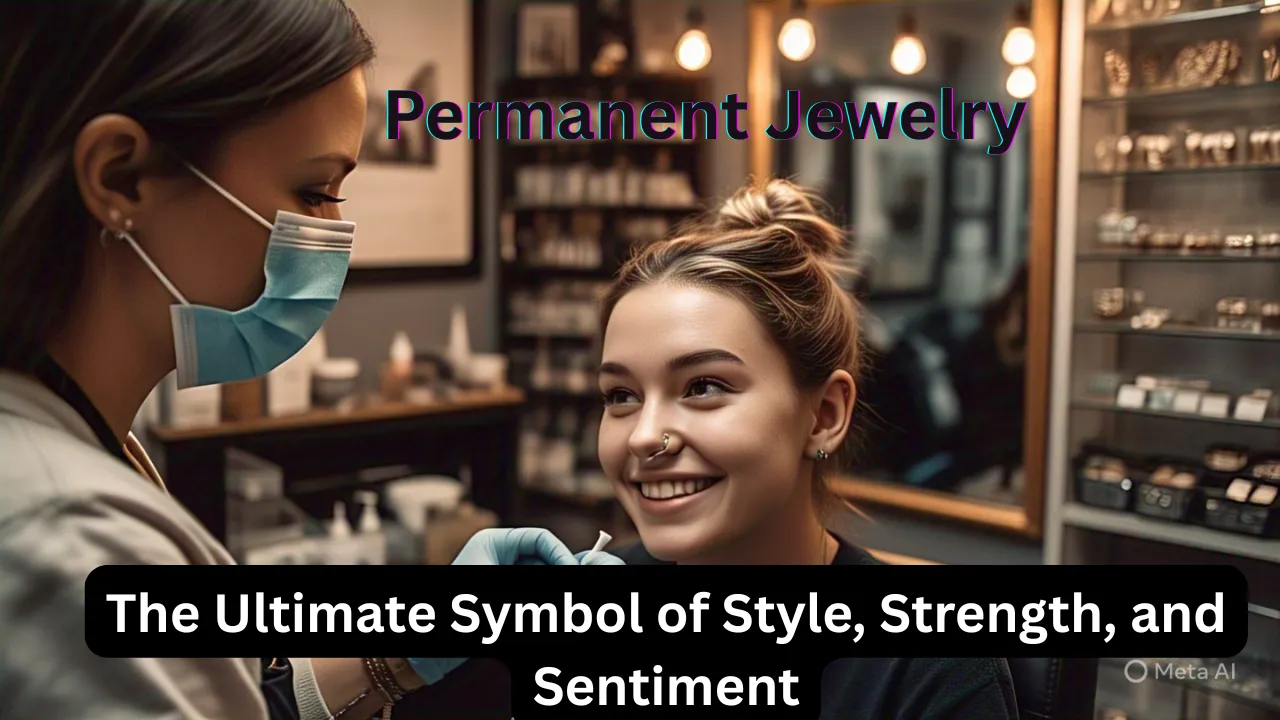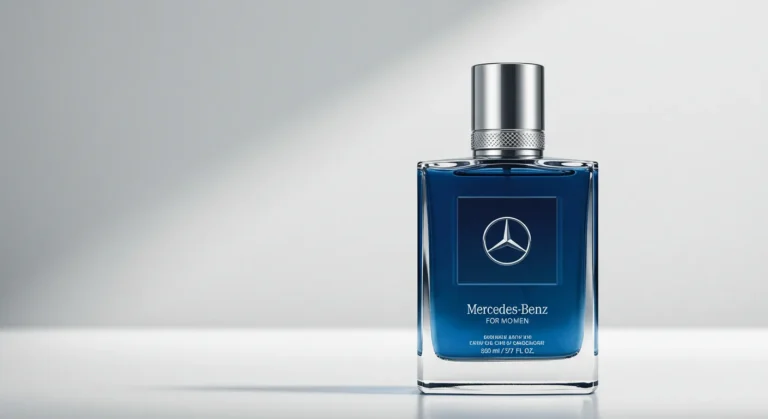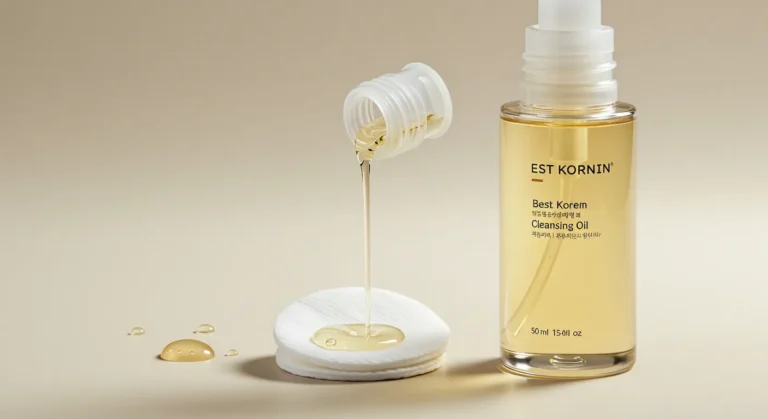Permanent Jewelry: The Ultimate Symbol of Style, Strength, and Sentiment
Introduction to Permanent Jewelry
Permanent jewelry is more than just a trend—it’s a lasting symbol of style and sentiment. Unlike traditional jewelry that you take off at the end of the day, permanent jewelry is designed to be worn continuously. The unique feature of permanent jewelry is that it’s welded onto your body, creating a seamless, clasp-free chain. This could include bracelets, anklets, or even necklaces that stay with you 24/7, making it an ideal choice for those who prefer a hassle-free accessory.
The popularity of has soared in recent years, thanks to its practical yet stylish appeal. Whether it’s commemorating a special moment, marking a relationship, or simply embracing a chic and minimalistic style, its offers a distinctive alternative to traditional options. One of the biggest attractions of is its low-maintenance nature—once it’s on, you won’t need to worry about clasps or chains that can break or get caught.
Furthermore, permanent jewelry has evolved into a customizable art form. Many jewelers offer a wide range of materials, from luxurious 14k gold to durable sterling silver, giving you the flexibility to choose a piece that suits both your style and budget. This seamless integration of convenience, personalization, and durability has helped solidify its position as a staple in modern fashion.
In this article, we’ll explore the process behind , the benefits and drawbacks of choosing this unique option, and everything you need to know to decide if it’s right for you. Stay tuned as we dive deeper into what makes such a captivating and enduring choice.
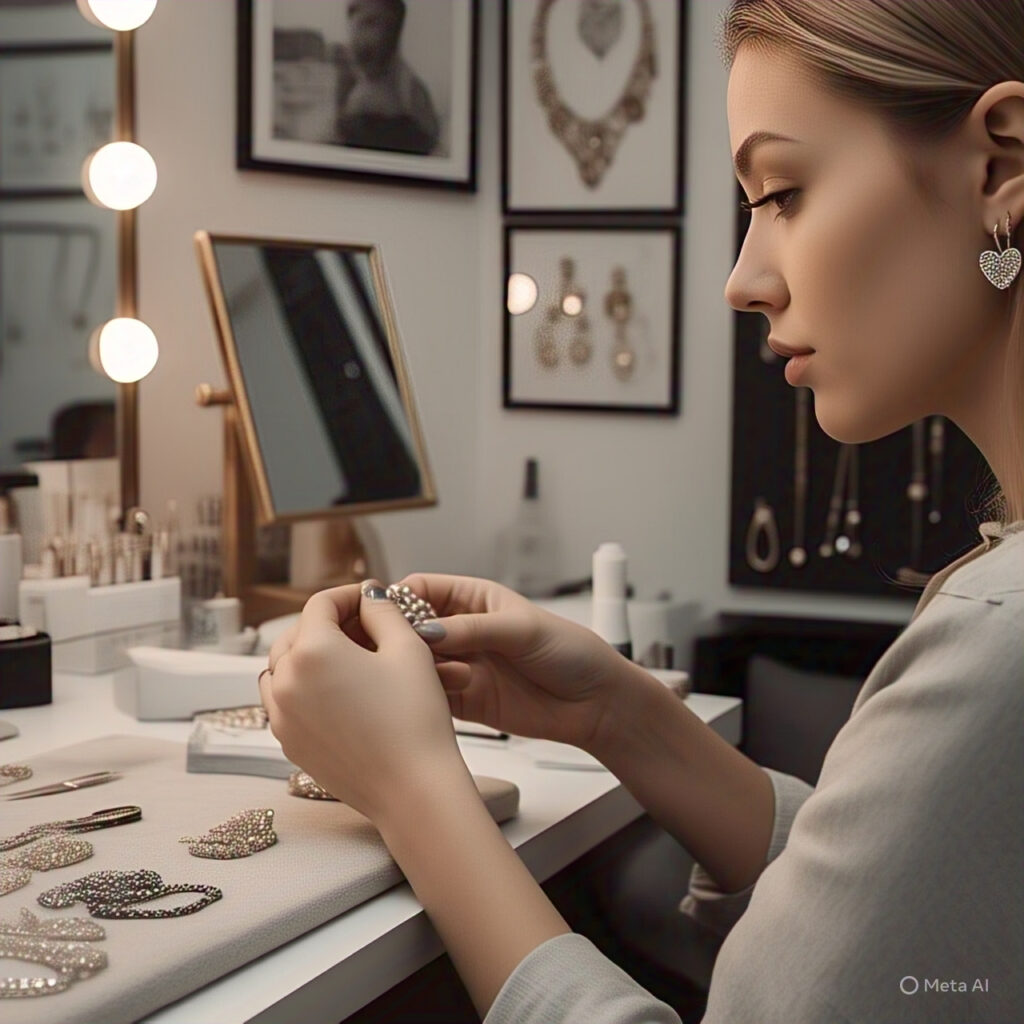
How Permanent Jewelry Works
It is a unique and innovative concept that stands out in the world of fashion accessories. Unlike traditional jewelry that can be removed, it is designed to stay on indefinitely, offering a constant reminder of a meaningful occasion, a relationship, or simply a statement of style. The process behind making permanent jewelry involves welding the ends of a chain together, creating a seamless piece that doesn’t require clasps, fasteners, or hooks.
Step-by-Step Process of Permanent Jewelry
The process begins with selecting the right jewelry piece. You can choose from a variety of options such as bracelets, anklets, and necklaces. These pieces are typically made from durable materials like 14k gold, sterling silver, or even titanium, which ensures that the jewelry will last for years. Some jewelers offer customization options, allowing you to select the design, thickness, and type of material that best suits your style and preferences.
Once you’ve selected the perfect piece, the next step is the welding process. The jewelry is carefully sized and positioned on the body, ensuring it fits perfectly. The ends of the chain are then welded together using a special tool. This process creates a strong and permanent bond, making it impossible for the piece to slip off or become loose. Many jewelers use a precise welding technique, which minimizes discomfort and ensures a smooth, seamless look.
What Makes It Permanent?
The key to is the absence of clasps or other fasteners. The seamless design means that you don’t have to worry about the jewelry getting caught on clothing or accidentally coming undone. It’s important to note that while this type of jewelry is called “permanent,” it can still be removed if necessary—though it does require professional assistance from a jeweler.
Choosing the Right Jewelry for You
When selecting , it’s essential to consider the type of material, as some metals may cause irritation for individuals with sensitive skin or metal allergies. Gold, silver, and platinum are some of the most popular choices because of their hypoallergenic properties and long-lasting durability. It’s important to consult with your jeweler to ensure the material is suitable for your skin type and lifestyle.
Additionally, consider the style of the jewelry. While permanent jewelry is often minimalist in nature, it can still be personalized to match your style. You can opt for a delicate, thin chain for a subtle look or a thicker, more ornate design for a bolder statement.
A Personalized Experience
Many jewelers who specialize in its offer a highly personalized experience. This might include customizing the size and fit of the jewelry to ensure it’s perfect for your wrist, ankle, or neck. Additionally, some offer engraving services, allowing you to add a special message, date, or symbol to the piece.
The process of creating and applying is a unique experience that blends artistry with practicality. Whether you’re choosing it to commemorate a special occasion or simply as a fashion statement, the process ensures that your piece will be as unique as you are, staying with you for years to come.

Benefits of Permanent Jewelry
Permanent jewelry offers numerous benefits that make it a standout option for those seeking both practicality and style. With its seamless design and long-lasting appeal, permanent jewelry has quickly gained popularity among fashion enthusiasts. Let’s dive into the key advantages that make this trend so appealing.
1. Low Maintenance and Convenience
One of the primary benefits of permanent jewelry is its low-maintenance nature. Traditional jewelry pieces often require regular care, whether it’s removing them before bed, cleaning them, or ensuring that clasps are properly fastened. With permanent jewelry, once it’s on, there’s no need to worry about taking it off for sleeping, showering, or exercising. This convenience is perfect for those who lead busy lifestyles and prefer an accessory that stays in place without constant attention.
2. Emotional Significance and Symbolism
Permanent jewelry is often used as a symbol of a meaningful connection or milestone. Whether it’s a couple getting matching permanent bracelets to commemorate their love, a group of friends marking a shared experience, or someone memorializing an important moment in their life, these pieces are more than just adornments. They serve as lasting reminders of important events and relationships. The act of welding the jewelry onto the body can be a deeply personal experience, adding to its emotional value.
3. Durability and Long-Lasting Appeal
Unlike traditional jewelry, which may wear down or require replacement after a few years, permanent jewelry is designed to stand the test of time. Made from durable materials like 14k gold, sterling silver, and titanium, permanent jewelry pieces are built to last. These materials are resistant to tarnishing and corrosion, meaning your jewelry will retain its shine and beauty for years to come. Whether you wear it daily or only on special occasions, permanent jewelry maintains its appeal without the need for constant upkeep.
4. Personalized Style
Another benefit of permanent jewelry is the ability to customize it to fit your unique style. Jewelers offer a variety of designs, allowing you to select the right piece that matches your personal aesthetic. From delicate, minimalistic chains to more intricate designs, the options are vast. Some jewelers even allow for custom engravings, enabling you to add a personal touch that makes the piece truly yours. This level of personalization ensures that your permanent jewelry reflects your taste and individual personality.
5. Seamless Integration into Daily Life
The seamless design of permanent jewelry means that it can be worn alongside other accessories without the hassle of adjusting or removing it. Unlike traditional bracelets or necklaces that might get in the way, a permanent piece becomes a natural part of your daily wear. Its simplicity and elegance allow it to complement any outfit, whether you’re dressing up for a formal occasion or going casual for a day out.
6. No Worries About Losing or Misplacing Jewelry
One of the most significant advantages of permanent jewelry is that you’ll never have to worry about losing it. Traditional jewelry often comes with the risk of misplacing it, whether it’s a necklace that falls off or a ring that slips off the finger. With permanent jewelry, the piece is welded directly onto your body, ensuring it stays securely in place. This peace of mind is especially valuable for those who are prone to losing their accessories.
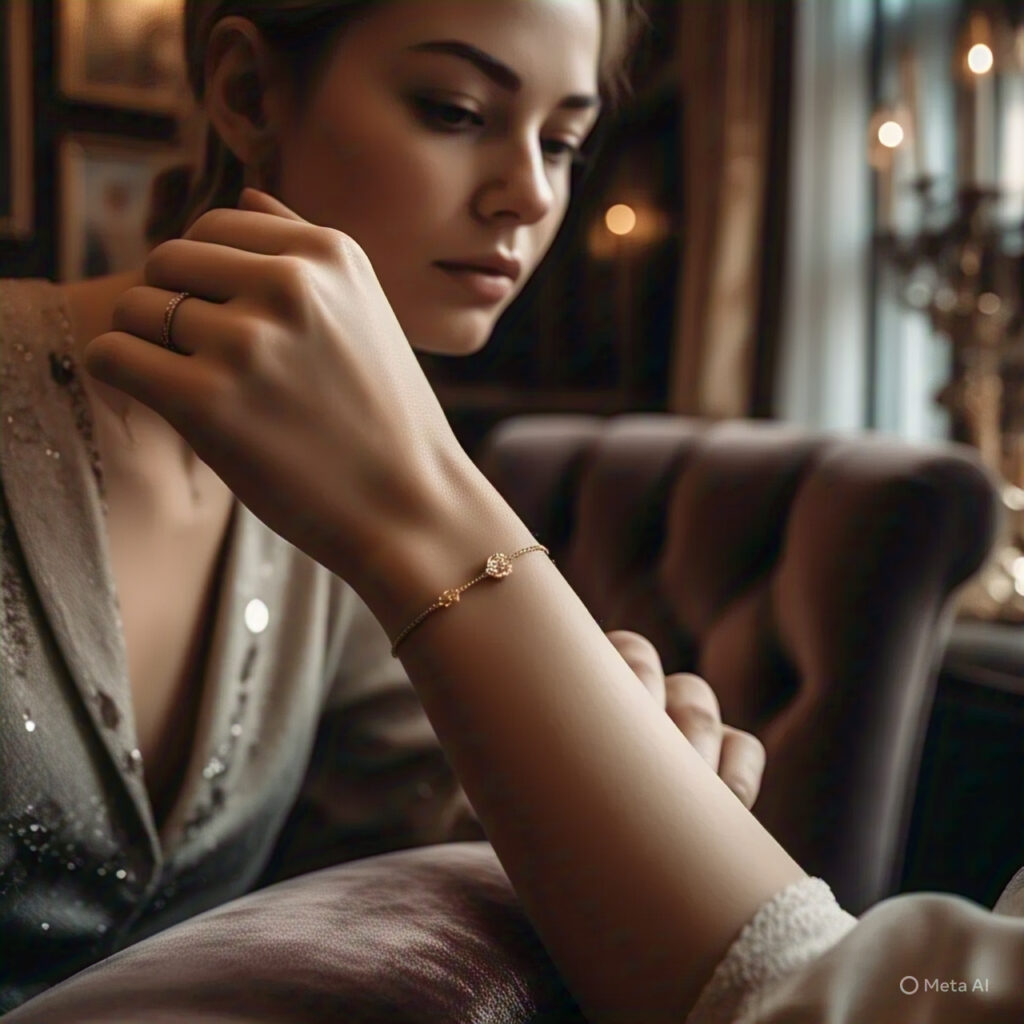
The Pros and Cons of Permanent Jewelry
Permanent jewelry is a unique and innovative accessory, but like any product, it has its advantages and disadvantages. Let’s explore the pros and cons of permanent jewelry to help you decide if it’s the right choice for you.
Pros of Permanent Jewelry:
- Constant Wear
With permanent jewelry, you don’t have to worry about removing or losing your piece. It’s welded directly onto your body, so it stays securely in place 24/7. This constant wear is perfect for people who want an accessory that’s always with them, without the hassle of removing it. - Personalized and Meaningful
Permanent jewelry can carry deep emotional significance. Whether it’s commemorating a special relationship, marking a milestone, or symbolizing an important event, it serves as a lasting reminder of something meaningful. Many people choose permanent jewelry to mark moments such as anniversaries, engagements, or the birth of a child. - Durability
Permanent jewelry is typically crafted from durable metals such as 14k gold, sterling silver, or titanium. These materials are known for their long-lasting properties and resistance to tarnishing. This ensures that your jewelry will stay looking great for years to come, even with daily wear. - Minimal Maintenance
Unlike traditional jewelry that may need regular cleaning or the occasional repair, permanent jewelry requires little maintenance once it’s applied. There are no clasps to break or chains to untangle, making it an excellent option for those who prefer hassle-free accessories.
Cons of Permanent Jewelry:
- Difficulty of Removal
The main downside of permanent jewelry is the challenge of removal. Since the jewelry is welded to your body, it can’t be taken off easily. If you ever decide you no longer want the piece, you will need to visit a professional jeweler for its removal, which could involve cutting the jewelry off. - Potential for Skin Reactions
While many permanent jewelry materials are hypoallergenic, some people may experience skin irritation or allergic reactions to certain metals. It’s essential to consult with your jeweler about the materials used in the jewelry and ensure they are compatible with your skin type before committing to a piece. - Limitations During Medical Procedures
Permanent jewelry can sometimes pose challenges during medical treatments like MRIs or surgeries. The metal used in the jewelry may need to be removed before certain procedures, which could be inconvenient or uncomfortable. It’s a good idea to discuss any potential concerns with your doctor before opting for permanent jewelry. - Cost
Permanent jewelry tends to be more expensive than traditional jewelry, especially if you’re opting for custom designs or high-quality materials. Additionally, the price may include the cost of professional installation, which can add to the overall expense. For those on a budget, this might be a significant factor to consider.
How to Choose the Right Permanent Jewelry for You
Choosing the right permanent jewelry involves considering several key factors, from material preferences to fit and design. Since permanent jewelry is designed to be worn 24/7, it’s important to pick a piece that complements your lifestyle, style, and comfort. Here are some helpful tips for selecting the perfect permanent jewelry.
1. Consider the Material
The first thing you should consider when choosing permanent jewelry is the material. Popular choices for permanent jewelry include 14k gold, sterling silver, and titanium, all of which are known for their durability, hypoallergenic properties, and resistance to tarnishing. Each material has its unique qualities:
- 14k Gold: Known for its classic appeal and timeless beauty, 14k gold is a popular choice for permanent jewelry. It’s durable, resists corrosion, and is a great option for those who want a piece that will last a lifetime.
- Sterling Silver: This affordable option offers a sleek and shiny look, though it may require occasional cleaning to maintain its brilliance. It’s a great option for those who prefer a more budget-friendly yet stylish choice.
- Titanium: A strong and lightweight metal, titanium is an excellent choice for those who are active or tend to wear jewelry while engaging in physical activities. It’s also hypoallergenic, making it suitable for sensitive skin.
2. Select a Style that Matches Your Taste
Permanent jewelry comes in various styles, from delicate and minimalist to bold and statement-making. Think about what fits best with your overall aesthetic. If you prefer a subtle, everyday look, a thin gold bracelet or a dainty anklet might be perfect for you. If you love bold accessories, go for a thicker chain or an intricate design that makes a statement.
You can also choose between a variety of chain styles, such as cable, rope, or curb chains, each offering a different texture and feel. Some jewelers also offer customization options, allowing you to personalize your piece with engravings or charms to make it even more special.
3. Get the Right Fit
Fit is crucial when it comes to permanent jewelry. Since the jewelry will be welded onto your body, it’s essential that it’s the right size. A piece that’s too tight can cause discomfort, while a piece that’s too loose might not stay in place. When selecting permanent jewelry, make sure the jeweler takes precise measurements to ensure a comfortable and secure fit.
Additionally, consider the placement of the jewelry. Whether you choose to wear it on your wrist, ankle, or neck, ensure that it aligns with your daily activities and lifestyle. Some people prefer wearing jewelry on more discreet areas, while others may opt for pieces that are more visible.
4. Think About Maintenance
Although permanent jewelry is low-maintenance compared to traditional jewelry, it’s still essential to keep it clean to ensure its longevity. Depending on the material you choose, you may need to take occasional care to maintain its shine. For example, gold jewelry may need periodic polishing, while silver may require tarnish removal. Be sure to ask the jeweler for specific care instructions based on your selected material.
5. Consult with a Professional Jeweler
Finally, it’s important to work with a professional jeweler who specializes in permanent jewelry. A skilled jeweler will ensure that the piece is properly sized, welded, and comfortable for you to wear. They can also provide expert advice on which material and style would best suit your lifestyle and personal preferences.
FAQs About Permanent Jewelry
1. Can I remove permanent jewelry if I don’t want it anymore?
Yes, while permanent jewelry is designed to stay on indefinitely, it can still be removed. However, removal requires professional assistance from a jeweler, who will carefully cut the welded piece off. It’s not as simple as removing a clasp, so it’s important to consider this before committing to permanent jewelry.
2. How long does permanent jewelry last?
Permanent jewelry is made from durable metals like gold, silver, and titanium, which are built to last for many years. With proper care, your jewelry will retain its shine and durability. It’s designed to be worn daily without tarnishing or breaking, making it a long-lasting investment.
3. Is permanent jewelry safe for my skin?
Generally, permanent jewelry is safe for most people, but it’s important to choose materials that suit your skin type. For instance, those with metal allergies may want to choose hypoallergenic materials like titanium or 14k gold. Always consult with your jeweler to ensure the materials are compatible with your skin to avoid irritation.
4. Can I wear permanent jewelry while exercising or sleeping?
One of the major benefits of permanent jewelry is that it can be worn during all activities, including sleeping and exercising. Since it’s welded onto your body, you don’t have to worry about removing it for daily routines. Just ensure the piece fits comfortably so it doesn’t cause any discomfort during physical activities.
5. What happens if my permanent jewelry breaks?
While permanent jewelry is designed to be durable, accidents can happen. If your piece breaks or becomes damaged, it’s best to visit a professional jeweler. They can repair or replace the piece, ensuring it’s securely welded back in place. Always choose a reputable jeweler to ensure the quality of the welding process.
6. Is permanent jewelry expensive?
The cost of permanent jewelry can vary depending on the material, design, and customization options. High-quality materials like 14k gold or platinum will naturally be more expensive than sterling silver or titanium. While the upfront cost may be higher, it can be a worthwhile investment for a piece of jewelry that lasts for years.
How to Care for Your Permanent Jewelry
Caring for permanent jewelry is crucial to ensure its longevity and maintain its shine. While these pieces are designed to be durable and low-maintenance, some simple care routines can keep them looking their best. Here are some tips to help you take care of your permanent jewelry:
1. Regular Cleaning
Even though permanent jewelry is welded to your body, it still needs to be cleaned periodically. Dirt, oils from your skin, and environmental factors can dull the shine over time. To clean your piece, use a soft cloth to gently wipe away any buildup. For metals like gold or silver, you can use a mild soap solution and a soft brush to remove any stubborn spots.
2. Avoid Harsh Chemicals
To maintain the integrity of your permanent jewelry, avoid exposing it to harsh chemicals, such as cleaning products, perfumes, or chlorine from pools. These substances can cause tarnishing or damage to the metal. When cleaning or applying products like lotion or perfume, take care to avoid contact with your jewelry.
3. Protect from Physical Damage
While permanent jewelry is durable, it’s still important to avoid subjecting it to unnecessary stress. For example, refrain from wearing it when doing activities that could cause scratches or bends, such as heavy lifting or sports. The key is to treat your jewelry with care to avoid any potential damage.
4. Keep It Dry
Although permanent jewelry is water-resistant, it’s always a good idea to avoid prolonged exposure to water, especially in salty or chlorinated environments. If you’re swimming or taking a bath, it’s best to remove your jewelry to keep it in optimal condition.
5. Periodic Checkups
It’s a good idea to have your permanent jewelry checked by a professional jeweler every year or so. This ensures that the welding is still secure and that there are no issues with the piece. Jewelers can also provide a quick polish or fix minor scratches to maintain its appearance.
Permanent Jewelry vs. Traditional Jewelry: What’s the Difference?
When it comes to jewelry, there are various options, each catering to different preferences and lifestyles. Permanent jewelry and traditional jewelry have distinct differences that influence how they are worn, maintained, and perceived. Here’s a breakdown of the key distinctions between these two types of jewelry:
1. Installation and Removal
The most obvious difference is how permanent jewelry is installed and removed. Permanent jewelry is welded directly onto the body, meaning it can’t be removed without professional help. This makes it a more permanent commitment, as opposed to traditional jewelry, which can easily be put on and taken off with clasps or closures.
2. Maintenance
Permanent jewelry requires less frequent maintenance compared to traditional jewelry, which often needs to be cleaned, polished, or repaired after some wear. Permanent jewelry, once applied, remains secure, and maintenance is minimal, requiring only occasional cleaning. However, traditional jewelry often requires more care, such as removing it during sleep or exercise to prevent damage.
3. Durability
Both types of jewelry can be made from durable materials like gold, silver, and titanium, but permanent jewelry tends to last longer due to its seamless design. Since it doesn’t have a clasp, it’s less likely to experience wear and tear. Traditional jewelry, while durable, may suffer from clasp failures or chain breakage over time.
4. Emotional and Symbolic Value
Both permanent and traditional jewelry can carry emotional significance, but permanent jewelry is often associated with deeper symbolism. For instance, couples may choose permanent bracelets or necklaces as a sign of eternal commitment, while friends or family members might wear matching pieces to commemorate shared experiences. Traditional jewelry is often viewed more as a fashion statement or a temporary accessory.
5. Cost
The cost of permanent jewelry can sometimes be higher than traditional jewelry, primarily because of the installation process. The welding procedure, professional assistance, and custom designs can add to the cost. Traditional jewelry, while it can also be expensive, typically does not require the same level of specialized installation.
6. Versatility
Traditional jewelry has the advantage of being more versatile since it can be removed and swapped for different pieces depending on the occasion. With permanent jewelry, the piece becomes a part of you, meaning you can’t change it as frequently. However, permanent jewelry often comes in simple, classic designs that complement any outfit, making it a good option for those who prefer a minimalist style.
Trends in Permanent Jewelry
Permanent jewelry has surged in popularity due to its unique appeal and the growing desire for personalized, long-lasting accessories. Let’s explore the latest trends in permanent jewelry and how they’re shaping the industry.
1. Minimalist Designs
One of the major trends in permanent jewelry is minimalist designs. Simple chains, subtle bracelets, and dainty anklets are becoming increasingly popular, as people opt for timeless pieces that can complement their daily outfits. These pieces tend to be lightweight and unobtrusive, allowing wearers to express their style without drawing too much attention.
2. Customization and Personalization
As personalization continues to be a huge trend in jewelry overall, permanent jewelry is no exception. Many jewelers now offer customization options such as engraving initials, meaningful symbols, or even birthstones onto the jewelry. This trend allows wearers to create a piece that holds sentimental value, making it even more special and unique.
3. Gender-Neutral Jewelry
Gender-neutral jewelry is gaining traction in the permanent jewelry market. With many people moving away from traditionally gendered accessories, jewelers are offering designs that appeal to everyone, regardless of gender. Simple, elegant pieces like chain bracelets and cuffs are being worn by people of all identities, allowing for greater self-expression.
4. Stacking and Layering
Another popular trend is stacking and layering different permanent jewelry pieces. People are opting for multiple bracelets, rings, or necklaces that can be welded onto their bodies in different styles, creating a layered look that adds dimension and personality. The stacked look is ideal for those who enjoy mixing and matching various textures, metals, and designs.
5. Symbolic Pieces
Symbolism plays a key role in permanent jewelry, with many opting for designs that represent important aspects of their lives. Popular motifs include hearts, infinity symbols, stars, and even custom pieces that reflect personal values or beliefs. These symbolic elements make permanent jewelry a powerful way to express one’s identity and passions.
6. Ethical and Sustainable Jewelry
Sustainability is a growing concern in many industries, and the jewelry world is no different. Eco-conscious consumers are seeking permanent jewelry made from recycled metals or ethically sourced materials. This trend not only supports sustainable practices but also provides customers with the peace of mind that their jewelry aligns with their environmental values.
Conclusion: Why Permanent Jewelry is the Perfect Blend of Fashion and Function
Permanent jewelry is more than just a passing trend—it’s a timeless way to express personal style and commitment. Whether you’re looking for a subtle bracelet, a meaningful symbol, or an accessory that complements your everyday look, permanent jewelry offers versatility and longevity. Unlike traditional pieces, permanent jewelry is designed to stay with you 24/7, offering convenience and durability for those who lead active lifestyles.
What sets it apart is its ability to carry sentimental value, becoming a symbol of love, friendship, or personal milestones. The customization options allow for a personalized touch, ensuring that each piece is uniquely yours. Plus, with the rise of ethical and sustainable practices in the industry, permanent jewelry aligns with the values of modern consumers who care about the environment.
Ultimately, permanent jewelry is not just a piece of metal—it’s an experience. By choosing a piece that suits your style, you invest in a long-lasting accessory that tells a story. As trends evolve, permanent jewelry continues to stand out for its ability to be both fashionable and meaningful, making it an ideal choice for those who want a lasting connection with their jewelry.

